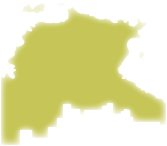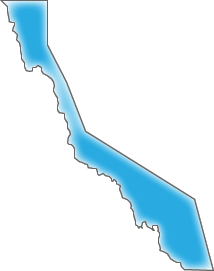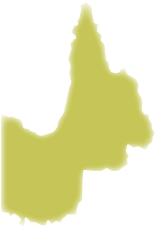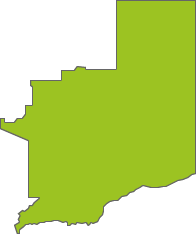Announcements
We are super proud to welcome Edgar McNamara @edgarmcnamara to the team!Edgar joins NatureMapr as Junior Platform Engineer and will play a critical role in supporting the platform and our valued custo...
Continue reading
Platform wide attribute changes
New Feature: Moderator Quick Responses!
New priority species lists in the ACT
NatureMapr now receives more records in NSW than ACT
Discussion
This description says " Thorax deep yellow, (my caps) ANTERIOR HALF, OR SOMETIMES WHOLLY, SUFFUSED WITH DARK FUSCOUS." (my caps)
Sadly P. protecta is not described in this archive document.
Philobota (genus)
Oxyloma elegans
Amata chromatica
Acer buergerianum
Maireana excavata
Significant sightings
- Berberis vulgaris at Campbell, ACT
- Asparagus asparagoides at Ainslie, ACT
- Arundo donax at Campbell, ACT
- Proteuxoa sp. 3 (MoV, Part 9)
- Androchela newmannaria at Crowther, NSW
- Tinocallis ulmiparvifoliae at Melba, ACT
- Dysphania glomulifera subsp. glomulifera at Anglers Reach, NSW
- Walwhalleya subxerophila at Franklin, ACT
- Plectorhyncha lanceolata at Higgins, ACT
- Sceptridium australe at Wyanbene, NSW
Recent activity
Oxyloma elegans at Anembo, NSW
Psychidae (family) MATURE at Bolivia, NSW
Iridomyrmex purpureus at Crowther, NSW
Maireana excavata at Fentons Creek, VIC
Eremophila divaricata at Kerang, VIC
Alternanthera sp. A Flora of NSW (M. Gray 5187) J. Palmer at Fentons Creek, VIC
Top contributors
- AlisonMilton 16K
- trevorpreston 15.5K
- Hejor1 12.5K
- Tapirlord 11.4K
- MichaelBedingfield 10.7K
- RodDeb 10.2K
- Mike 9.8K
- kasiaaus 9.5K
- ConBoekel 8.6K
- KylieWaldon 8.1K
Top moderators
- MichaelMulvaney 55.3K
- Tapirlord 38.6K
- MichaelBedingfield 21.9K
- Liam.m 19.3K
- donhe 17.3K
- natureguy 15.6K
- ibaird 14.6K
- AlisonMilton 10.7K
- MatthewFrawley 10.1K
- BettyDonWood 8.2K
Explore Australia by region
Australian Capital Territory
Canberra & Southern TablelandsNew South Wales
Southern HighlandsAlbury, Wodonga
Canberra & Southern Tablelands
South Coast
Greater Sydney
Hunter Region
Central West NSW
Riverina Murray
New England
Far West New South Wales
New South Wales North Coast
Northern Territory
Top End and Big RiversCentral and Barkley































































































































































































